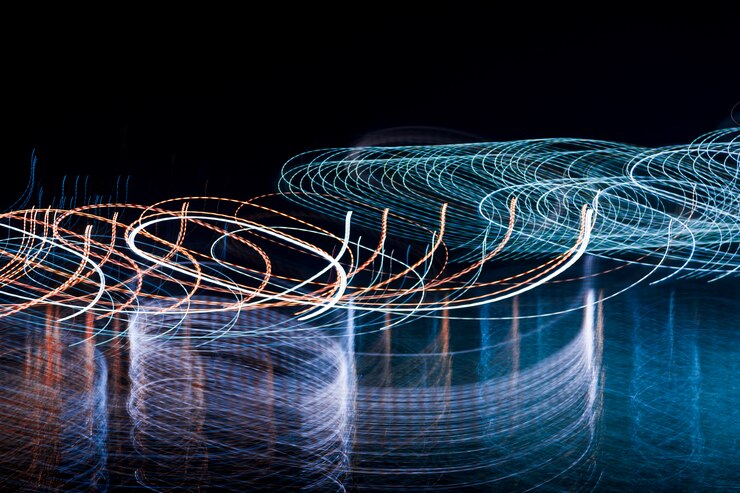Deep-Sea Cable Emergency Services: The Hidden Heroes of Global Connectivity
In the modern world, 99% of all digital communications depend on something few ever see: a vast network of subsea cables crisscrossing the ocean floors. These thin cables, often no wider than a garden hose, are the backbone of the internet, enabling seamless communication between continents. But when these cables are damaged—whether by natural disasters or human activity—it could spell disaster for entire countries. So how are faults at the bottom of the ocean repaired, and who are the unsung heroes keeping the world connected?
The complex global network of undersea cables spans over 1.4 million kilometers (870,000 miles) and carries the majority of the world’s internet traffic. Yet despite their importance, these cables are surprisingly fragile, exposed to various threats from extreme weather events to human activities like fishing and shipping. Most of the damage, around 70-80%, is caused by human activity such as trawler nets and ship anchors dragging across the seafloor. However, natural disasters, like the 1929 earthquake and tsunami off Newfoundland, Canada, have also inflicted severe damage.
When these cables break, a specialized emergency response is initiated. Subsea repair teams, coordinated by companies like Global Marine and Alcatel Submarine Networks, deploy repair ships to locate and fix the faults. Mike Clare, an expert from the International Cable Protection Committee, explains that around 150-200 cable damage incidents occur globally each year. Despite this, he notes that the network is “remarkably resilient” and equipped with redundant systems to ensure minimal disruption.
When a fault is detected, the response is rapid. Ships strategically stationed worldwide can reach the site within 10 to 12 days. They use grappling hooks to retrieve and examine the damaged cable. The broken ends are hauled to the surface, repaired, and tested before being carefully lowered back to the ocean floor. In shallower waters, cables are often buried in trenches to protect them from further damage, while deeper cables rely on natural protection.
The delicate work of splicing optical fibers together is crucial to restoring service. Technicians use microscopes to ensure the connections are flawless. This painstaking process takes just one to two weeks for deep-water repairs, a vast improvement from historical cases like the 1929 event, where repairs stretched over nine months.
Beyond repairs, these undersea cables offer valuable scientific insights. Historical damage to cables has helped researchers understand underwater landslides, like the one triggered by the Newfoundland earthquake, revealing the existence of turbidity currents—dense underwater flows of sediment. Today, cables are increasingly used as scientific instruments, detecting underwater events like earthquakes and whale movements.
However, the global cable network remains vulnerable to climate change. In West Africa, increasing floods are pushing vast amounts of sediment into the Congo River, threatening to damage subsea cables. Experts are now advocating for cables to be laid further from river mouths to avoid such risks.
As our dependence on digital communication grows, maintaining the resilience of subsea cables is more critical than ever. The expertise and swift action of deep-sea repair teams ensure that even when cables are damaged, the global web of connectivity remains intact. Their work, often done in extreme conditions, is a reminder of the unseen infrastructure that powers our daily lives.










